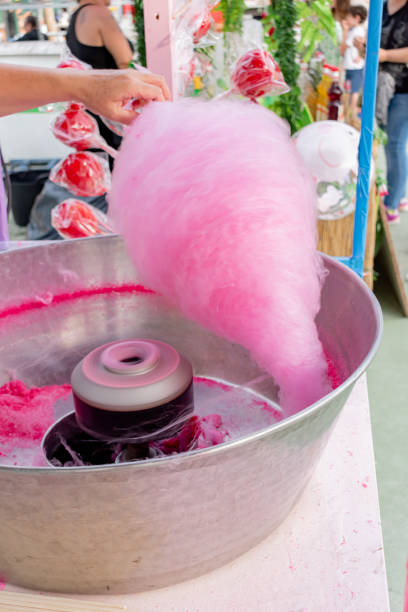7 Roof Maintenance Tips to Maximize Your Roof’s Life
Want to extend the life of your roof? What can you do to make sure it happens?
The lifespan of a roof is affected by many factors. Roof maintenance is key to maximizing its lifespan years after installation.
As a roofer, I could easily ignore this fact. Roofs that fail sooner than expected mean more money for roofing contractors.
I’m not a believer in this method of doing things.
Bill Ragan has been helping homeowners maximize their roof investment for over 30 years. I will give you some roof maintenance tips to help you get the best out of your roof.
Here are 7 tips for roof maintenance that every homeowner should follow to extend the life of their roof.
1. Check for active leaks at the bottom of the decking on your roof.
Roof Decking refers to the wooden base of your roof on which the roofing materials and components are installed. Water will discolor the wood and cause it to rot when there is a leak in your roof.
Most homeowners do not recognize leaks before they cause damage to ceilings or drywall. The first tip for maintenance is to check your decking’s bottom from the attic. This will reveal any leaks.
Water is getting under your roof materials and through the wood if there are discolorations. Water stains will soon appear on your ceiling once it reaches this stage.
If you notice widespread discoloration or have many leaks, it may be time to replace your roof. If the discoloration or leaks are widespread, you may need to replace your roof .
2. Keep your gutters clean
Even though it is not on your roof, maintaining gutters can be a vital maintenance tip for both your roof and house. This will prevent debris from building up behind the gutters that could cause water to leak into the walls of your home.
Keep gutters free of debris to prevent them from pulling off the wall. Debris itself can also cause problems, as it does not really dry.
Mold/mildew can thrive in this environment, and spread with the water that overflows the gutters. This can cause health issues if it does. As if this wasn’t enough, the water that overflows your gutters can also wash away your foundation.
3. Remove all debris from your roof
Remove any debris that is sitting on the roof, particularly in valleys . Leaves and sticks can create a dam, which prevents water from draining down your roof.
The water will then leak into your home via the path of least resistence. It is important to remove any debris that has accumulated on your roof.
The shingles will be damaged and their lifespan reduced if you let the debris soak up water on your roof. This encourages the growth of moss, which eats minerals in shingles.
4. Trim back overhanging tree limbs
Next, trim or remove the tree limbs which overhang your roof. The top layer of your roof is eroded by tree limbs that are overhanging.
In the previous section, we discussed how to prevent debris such as leaves and sticks from accumulating on your roof. Bird droppings are another thing to be concerned about.
Bird droppings contain a high acidity and can erode asphalt shingles. This reduces the lifespan of an roof. You don’t want to have a tree branch fall on your roof.
Fallen branches will damage your asphalt roof shingles, and can even cause structural damage. The only way to avoid all of this damage is by trimming the limbs regularly or removing the entire tree.
5. Check the condition of your shingles
Check for any signs of damage, such as curling, missing shingles, or granules.
Shingles with curling, cracked, or granular loss may be nearing the end of their life expectancy. Inspecting your shingles will not only prevent leaks from occurring, but also catch future problems. It can even help you decide if it is time to replace the roof with help of tides team.
missing shingles or lifted shingles do not necessarily indicate that you need to replace your roof. Most likely, the shingles were damaged by wind and/or improperly installed.
You can make an insurance claim in the event that wind damage is responsible for missing shingles. If the missing shingles are caused by improper installation, you can only contact the roofing contractor that installed them.
6. Check for possible problems with penetrations
Roof penetration includes anything that goes through the roof. This could be roof vents or pipes, chimneys or skylights. It is necessary to cover them with something to prevent water from leaking into the roof.
It is important to check for leaks around roof penetrations. For instance, pipe boot is a neoprene flashing that’s installed around vent or plumbing pipes.
The roof will not last as long and they can crack from constant exposure to UV light. It is easy to fix if you catch it early.
If you fail to maintain flashing and boots around penetrations, you will be faced with costly repairs.
7. Check the condition of your flashing.
Roof Flashing is a metal that’s installed where the shingles rub up against other surfaces (walls and chimneys). Directs water away from areas that are prone to leaks. This is one of the most important roofing components and it must be placed in the correct areas on every roof.
When it comes to roof maintenance, you should make sure that the flashing on the roof is not rusted, damaged, or installed incorrectly. It is hard to imagine how much leakage occurs into the interior of a house due to damaged or failed flashing.
You can save thousands of dollars by ensuring that regular maintenance inspections are carried out.






